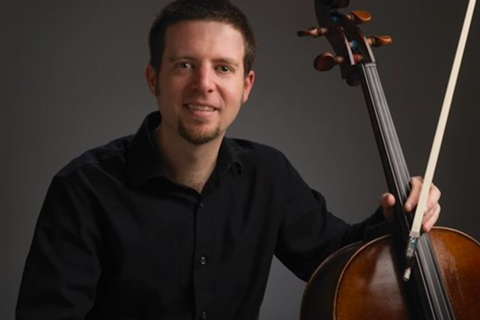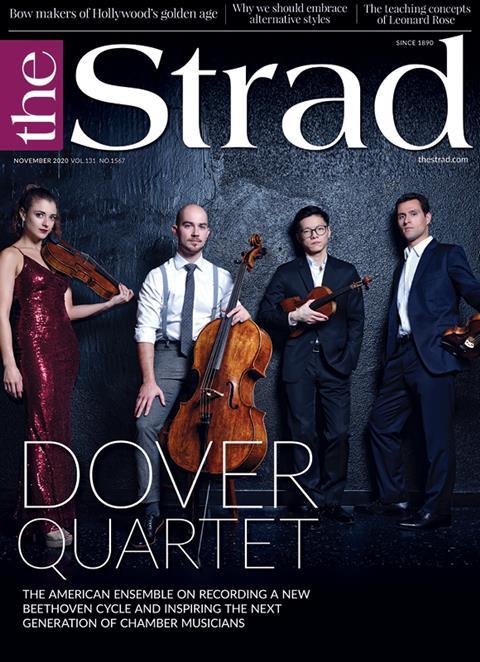Ideas to help you experiment, and to find new sounds and means of expression on your instrument

The following is an extract from the Technique article in The Strad’s November 2020 issue in which Daniel Levitov shares ideas for finding new sounds and means of expression on your instrument. To read in full, click here to subscribe and login. The November 2020 digital magazine and print edition are on sale now.
IN YOUR PRACTICE It is important to practise proactively rather than reactively: don’t wait until something goes wrong before you try to fix it. Instead, decide what you want to achieve in advance, then work out how you are going to do it. Keep a list of the things that you want to improve and focus on one at a time – such as vibrato or bow speed – alongside your regular scale practice. You can break your pieces down into focus segments too. For example, you could spend five minutes working on intonation, five on phrase shape and then five recording yourself, listening back and taking notes. Choose your goal and finish working towards it, even if you hear something else that you don’t like along the way. Once you have completed that goal, plan the next section of your practice to address any new problems that have arisen. I recommend finishing every practice session by recording what you’ve been working on that day, then listening back immediately and taking notes. Use those notes to plan what you are going to work on the next day.
Read: Technique: Playing with expression
Read: Technique: Training Musicality
TIPS FOR TEACHERS I believe that we need the ability to be different teachers for different students, and even for the same students in different phases of their lives. At times we may have to encourage them to open up and play out; at others we will have to focus on nuance and refinement. Helping them to build an expressive technique is important at every stage. They should always be thinking about how to make musical shapes, even in technical work. I demonstrate different interpretations to them often, to give them new ideas. Sometimes I ask students to sing or speak with expression, or to describe a musical character and translate that into technical cello language: what does it mean for the bow, for vibrato, for breathing and timing? Students who play intuitively in a very expressive way can find this difficult and resist analysis, but it is essential that they learn how to manipulate their sound in new ways too. If they want to pursue careers as musicians, to play in a quartet or an orchestra, or to teach, they will have to be flexible and know how to adapt. They won’t always be able to do things their way!

-
This article was published in the November 2020 Dover Quartet issue
The American ensemble on recording a new Beethoven cycle and inspiring the next generation of chamber musicians. Explore all the articles in this issue. Explore all the articles in this issue
More from this issue…
- The Dover Quartet on Beethoven
- Julie Lyonn Lieberman on teaching different styles
- Italian maker Carlo Bisiach’s US connection
- Frank Peter Zimmermann on recording Martinu
- The teaching methods of cellist Leonard Rose
- The bow makers of Hollywood’s golden age
Read more playing content here






























No comments yet